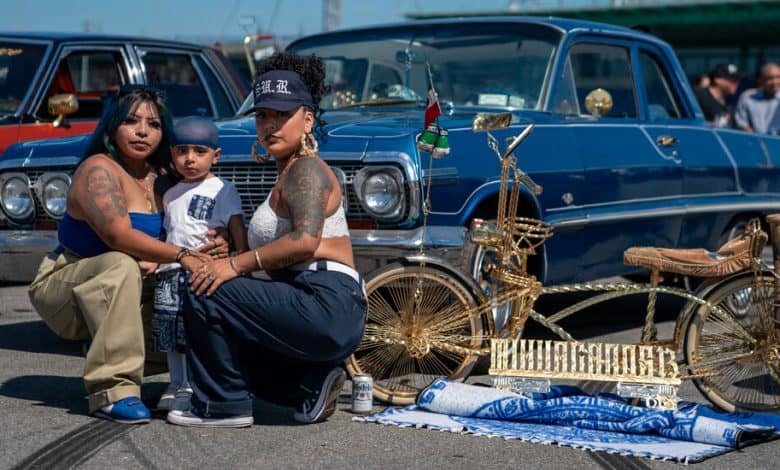How Lowriders Put a Vivid Stamp on New York City’s Car Scene

Growing up in Mexico, Marco Flores fantasized about the lowrider cars he saw in magazines, studying their colorful bodies and gleaming engine compartments. He adored his father’s Chevrolet Chevelle, too. In a tribute, Mr. Flores eventually restored a Chevelle in electric blue — the same muscle car his father had owned — with the help of his children.
Now his custom-made creations, which he designs and fabricates after work in his garage in Port Chester, N.Y., are featured in those same lowrider magazines.
His blue Chevelle “represents my entire childhood and the passion I have for cars,” said Mr. Flores, 55, who works six days a week at a Mamaroneck auto body shop. “When I turn the ignition, I am overcome with the emotion of feeling my father knows I did this for him.”
Family is a pillar of lowrider culture, which flourished in car-crazy postwar Los Angeles among Mexican Americans who took used cars they could afford and transformed them into bouncing, rolling works of art. Just as Mr. Flores shared his skills with his children, many fans embrace the scene as a family-friendly way to honor traditions and celebrate accomplishments, adding hydraulics in the trunk, bright paint across the body and iconography like Our Lady of Guadalupe on the hood.
California recently repealed prohibitions on lowrider cruising and vehicle modifications that had been in place for decades. Those issues have not caused the same concern in New York City, so as the city’s Mexican population has grown, so, too, has the visibility of lowriders on roads and in car shows. Once dismissed as gang-related, lowriders now win prizes, too, and support local charity events.

Lowriders were historically decorated “with a Mexican twist, giving cultural expression to the cars,” said Alfonso Gonzales Toribio, a Chicano professor at the University of California, Riverside, who himself owns a lowrider.
